The Future of Auto-ID Technologies: RFID, Barcodes and Beyond
The world of automatic identification (Auto-ID) is undergoing its biggest transformation since the barcode's invention in 1974. With global supply chains becoming more complex and consumer expectations rising, next-generation identification technologies are emerging to bridge the gap between physical and digital worlds.
This article explores:
✅ The evolving roles of RFID and barcodes
✅ 3 emerging Auto-ID technologies to watch
✅ How AI and IoT are reshaping identification
✅ Industry-specific adoption roadmaps
By 2030, the Auto-ID market is projected to reach $80 billion (Grand View Research). Which technologies will dominate your industry?
1. The Current State: RFID vs Barcodes
Barcodes: The Reliable Workhorse
-
Still dominate retail: 92% of supermarkets use barcodes (GS1)
-
New capabilities:
-
ColorQR (stores 10x more data)
-
Digital watermarking for anti-counterfeiting
-
RFID: The Growth Champion
-
Market expanding at 10.7% CAGR (2023-2030)
-
New form factors:
-
Flexible RFID tags that survive industrial washing
-
Sensor-enabled tags monitoring temperature/shock
-
Comparison Table (2024 vs 2030 Projection)
| Feature | 2024 Standard | 2030 Advancement |
|---|---|---|
| Scan Speed | RFID: 100 tags/sec | RFID: 5,000 tags/sec (AI-optimized) |
| Data Capacity | Barcode: 1-2KB | DNA Tags: 215PB/mm³ |
| Read Range | UHF RFID: 15m max | Backscatter RFID: 100m+ |
| Cost per Tag | RFID: $0.08-$0.15 | Printed RFID: $0.001 |
2. 3 Emerging Auto-ID Technologies
1. Computer Vision Identification
-
How it works: AI cameras recognize items by appearance
-
Applications:
-
Amazon Go's "Just Walk Out" technology
-
Airbus' tool tracking using 3D recognition
-
-
Advantage: No tags needed
2. Quantum Dot Tags
-
Invisible markers readable by special scanners
-
Benefits:
-
Impossible to copy (enhanced security)
-
Withstands extreme temperatures
-
-
Early adopters: Pharmaceutical anti-counterfeiting
3. DNA Molecular Tags
-
How it works: Synthetic DNA sequences encode data
-
Potential:
-
Near-infinite storage capacity
-
Self-replicating tags for agriculture
-
-
Challenge: High cost ($50/tag in 2024)
3. The AI Revolution in Auto-ID
Smart Scanning Systems
-
Predictive scanning: Anticipates next items to scan
-
Error auto-correction: Fixes misreads in real-time
Blockchain Integration
-
Crypto-anchors: RFID tags with blockchain IDs
-
Benefits:
-
Provenance tracking for luxury goods
-
Automated customs clearance
-
4. Industry Adoption Roadmaps
| Industry | 2025 | 2030 |
|---|---|---|
| Retail | Hybrid RFID/barcode | Computer vision + RFID |
| Healthcare | HF RFID for instruments | DNA tags for implants |
| Manufacturing | UHF RFID dominance | Quantum dot part marking |
| Agriculture | Basic RFID livestock tags | Self-replicating DNA tags |
5. The Hybrid Future
Most enterprises will adopt multi-modal Auto-ID systems:
-
RFID for bulk tracking
-
Barcodes for legacy compatibility
-
Computer vision for customer-facing ops
Example Smart Warehouse 2030:
-
Drones with RFID readers scan high racks
-
Autonomous forklifts follow barcode floor markers
-
AI cameras verify outgoing shipments
6. Challenges Ahead
-
Standardization: Competing RFID frequencies (RAIN vs EPC)
-
Privacy concerns: Trackable packaging worries consumers
-
Skill gaps: 73% of supply chain workers need retraining (Deloitte)
Conclusion: Preparing for the Auto-ID Revolution
Action Steps for Businesses:
-
Audit current systems - Identify pain points
-
Pilot new technologies - Start with RFID if high-volume
-
Upskill teams - Focus on AI/ML integration
The Bottom Line: While barcodes won't disappear, smart identification systems will become the nervous system of supply chains. Companies adopting these technologies early will gain 15-20% operational efficiency advantages (McKinsey).
No comments



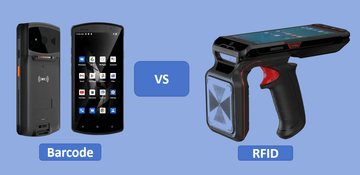


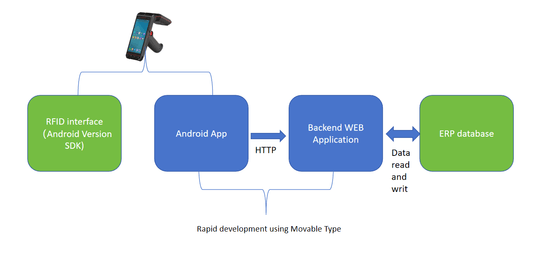
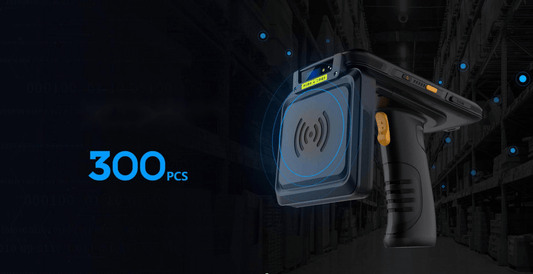


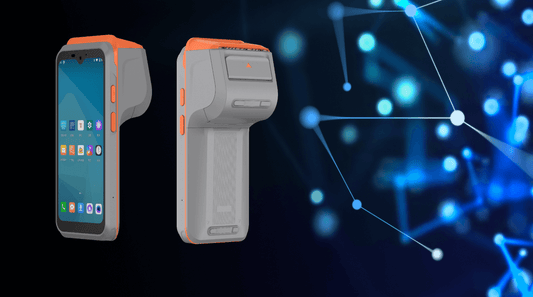
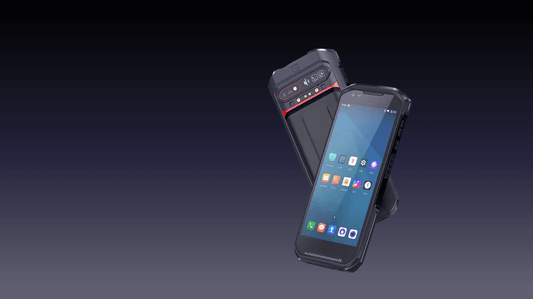
0 comments